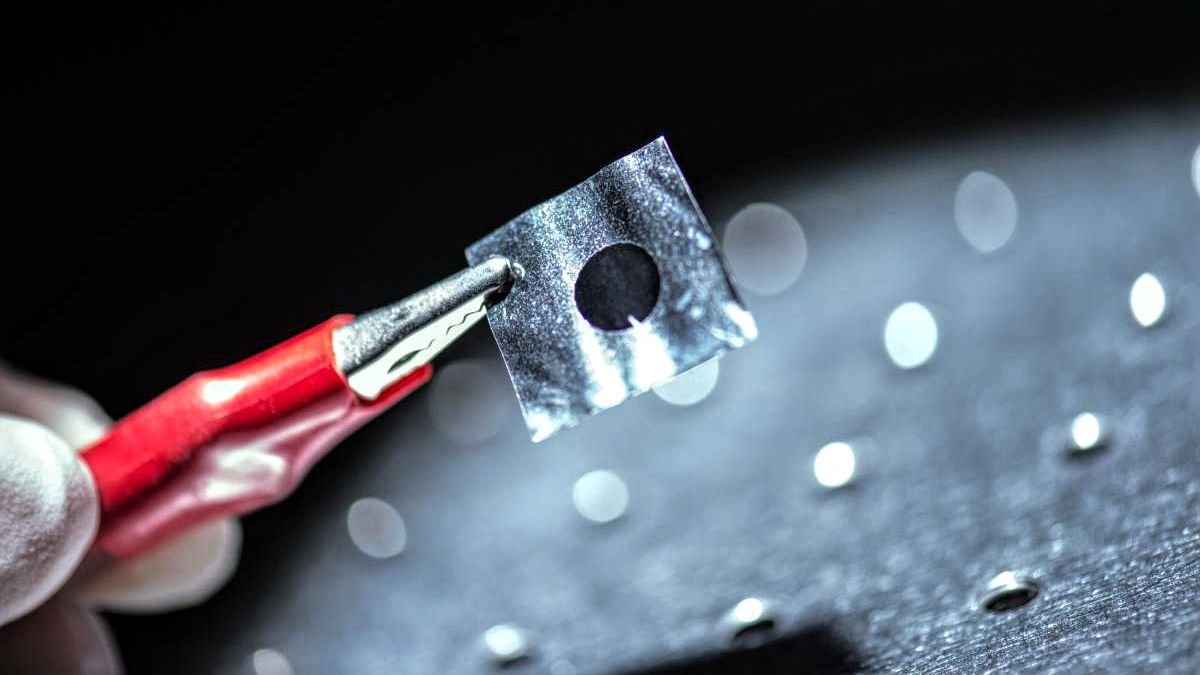A new process developed by researchers at the Binghampton University could change the way flexible electronics are made and the way people use solar cells. Researchers have altered the electrical properties of Graphene Oxide, and this has given them remarkable control over the electrical properties of the material. The latest discovery will enable the use of Graphene Oxide in flexible electronics, solar cells and biomedical instruments.
Assistant Professor of Physics at Binghamton University Jeffrey Mativetsky and Ph.D. student Austin Faucett has demonstrated electrical conductivity properties as small as 4nm can be perfected into individual Graphene oxide sheets. It is effected by using an atomic force microscope to trigger a local chemical reaction.
Discovered back in 2003, Graphene is 207 times stronger than steel by weight and is nearly transparent.
Before Andre Geim and Konstantin Novoselov isolated, Graphene was theorized and predicted by scientists for many decades in the lab. The scientists were awarded the Nobel Prize for this remarkable discovery.
Graphene has been termed as a space-age wonder material and is composed of an atomically thin 2D carbon lattice. It possesses exceptional thermal, electrical and mechanical properties. Whereas, Graphene Oxide is a 2D derivative of Graphene butt possesses different properties of its own as compared to Graphene.
Graphene Oxide has a lower conductivity than Graphene, but its electrical properties can be better controlled and altered. It is also easily produced and processed.
Removing a few oxygen atoms changes its properties as an insulator into a conductor of electricity. It enables its use in electronics and applications such as solar cells, sensors b, and biomedical devices.
The latest process developed by the scientist duo is also very eco-friendly since its manufacture does not involve the use of harmful chemicals, high temperatures or even the atmospheres that require the presence of inert gases.
The details of the research study were published in the International Journal Carbon.




